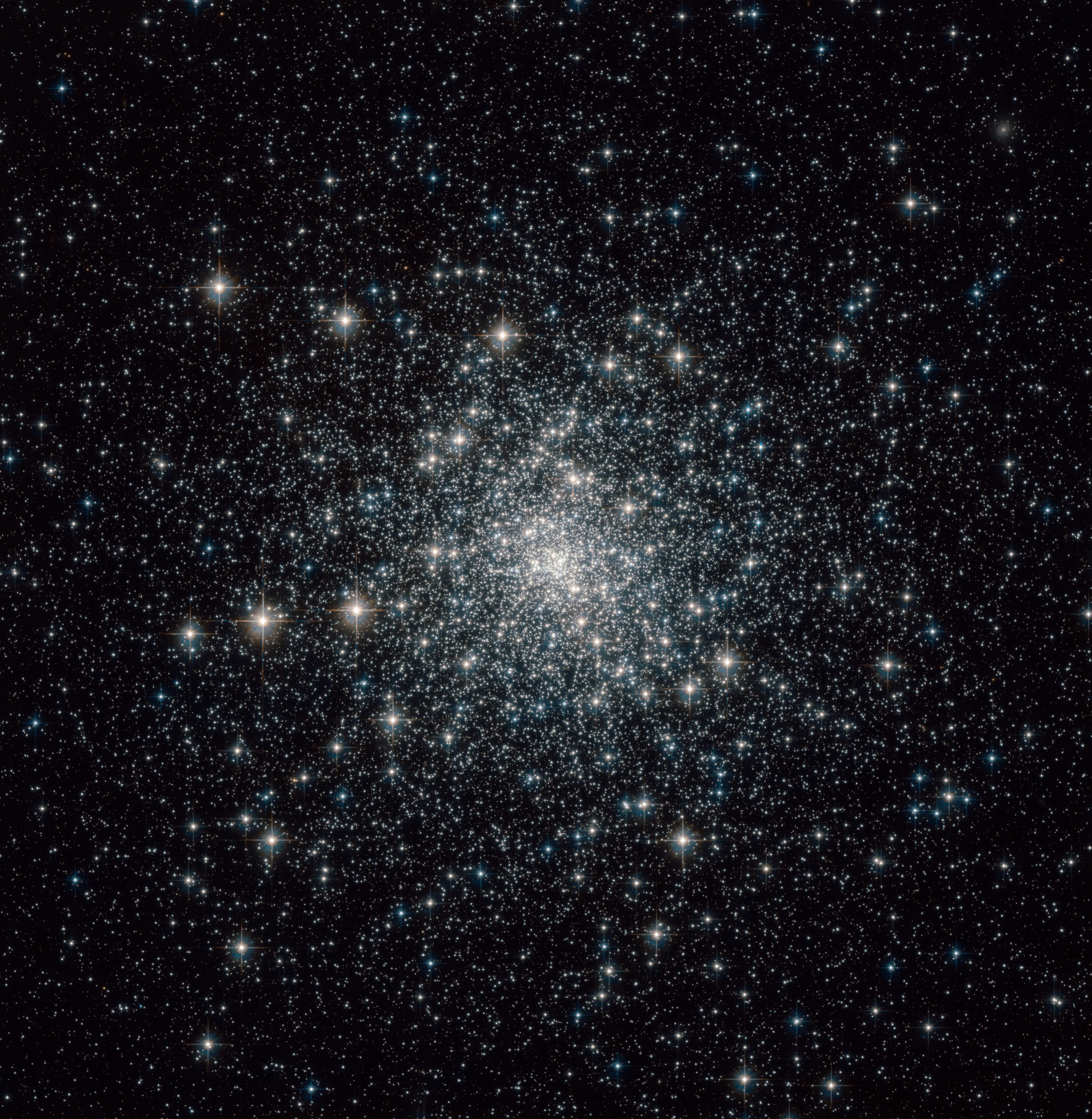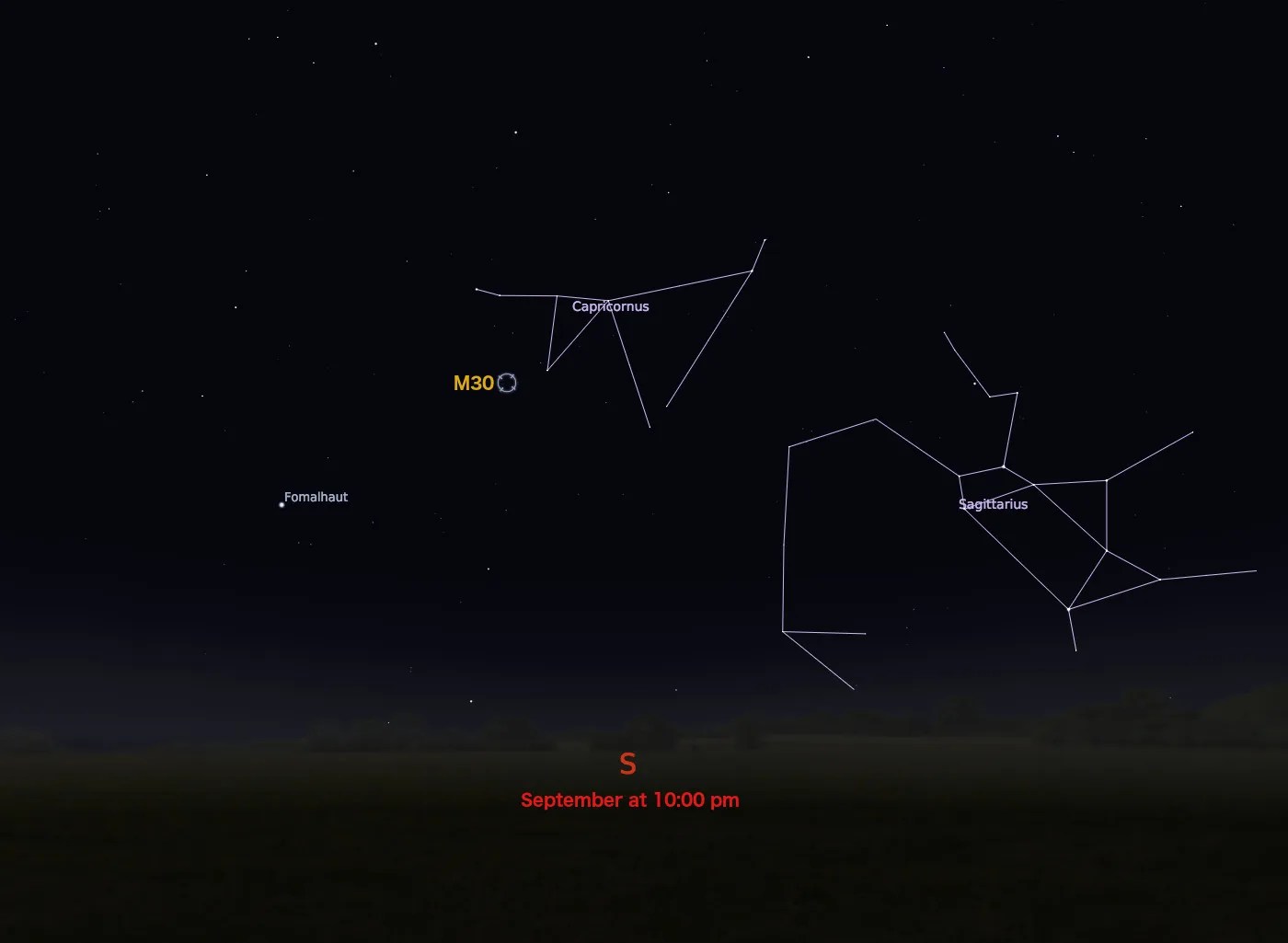Messier 30
Hubble observations helped identify two types of "blue stragglers" in Messier 30.
Distance
28,000 light-years
Apparent Magnitude
7.7
constellation
Capricornus
object type
Globular Cluster

This Hubble image of M30 is composed of exposures taken in visible and infrared light. It captures the cluster’s several hundred thousand stars in stunning detail.
Although globular clusters such as M30 are mainly populated by old stars, the density of the stellar swarm leads to some old stars apparently reclaiming their youth as “blue stragglers.” Using observations from Hubble, astronomers have identified two types of blue stragglers in M30: those that form in near head-on collisions between two stars and those that are in binary systems where one star siphons hydrogen from its companion.
M30 was discovered by Charles Messier in 1764. It is located roughly 28,000 light-years from Earth in the constellation Capricornus. It has an apparent magnitude of 7.7 and can be seen through a pair of binoculars. M30 is best observed during September.
For more information about Hubble’s observations of M30, see:

Explore Hubble's Messier Catalog
The following pages contain some of Hubble’s best images of Messier objects.

Messier 1 (The Crab Nebula)
Better known as the Crab Nebula, Charles Messier originally mistook Messier 1 for Halley’s Comet, which inspired him to create…

Messier 2
Hubble's image of Messier 2 is comprised of visible and infrared wavelengths of light.

Messier 3
Messier 3 holds more than 500,000 stars.




